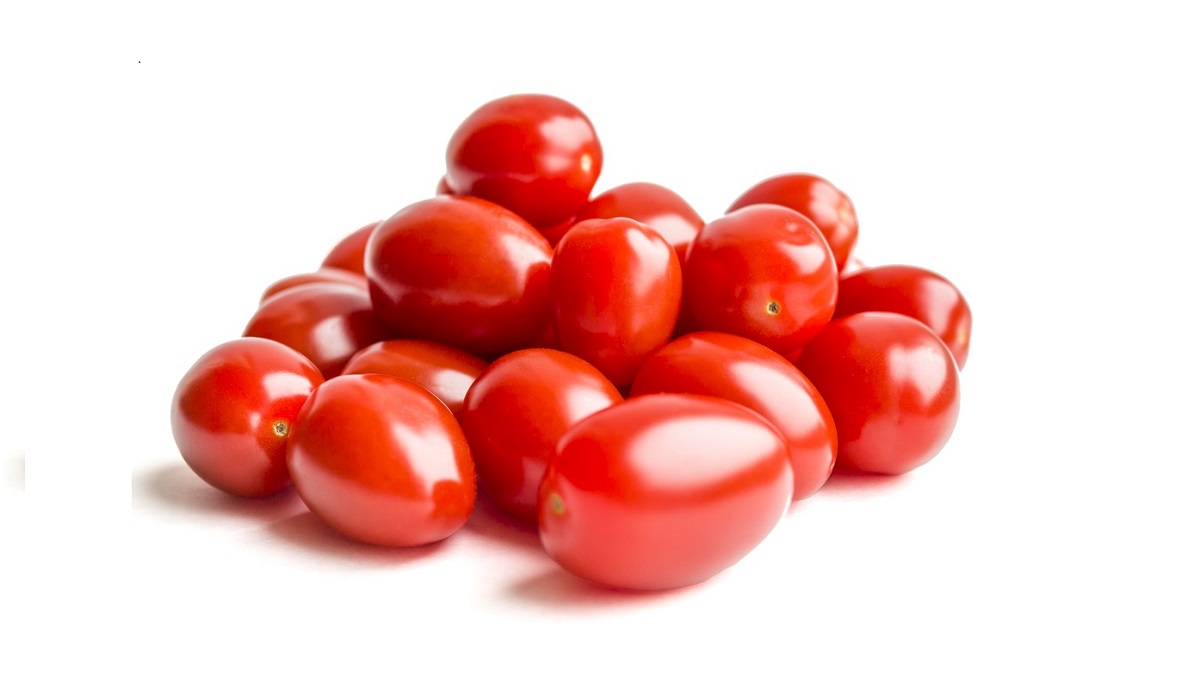Nearly 100 people have fallen sick in a Salmonella outbreak involving multiple countries, including the United States.
From August 2022 to mid-July 2023, 92 cases of Salmonella Senftenberg have been reported, 12 people have been hospitalized, and one person died in Germany. Most patients are female, while 28 are male. Infections have occurred in all age groups.
Germany is the most affected country, with 26 patients, followed by France with 16, Finland with 12, and Sweden with 11. The United States has recorded two patients.
The first U.S. case is a 47-year-old female reported in October 2022. The second is an immunocompromised 42-year-old male with disease onset in April 2023. This person had a liver transplant in 2022.
In April 2023, Santé publique France was informed by the national food reference laboratory that Salmonella Senftenberg had been isolated from a mixed salad containing cherry tomatoes and green leafy vegetables, which was prepared in mid-August 2022. However, it was not served as intended to airline customers.
Thirteen affected countries
Sick people also live in Austria, Belgium, the Czech Republic, Estonia, Ireland, the Netherlands, Norway and the United Kingdom.
Most cases were reported between October 2022 and March 2023, according to the European Centre for Disease Prevention and Control (ECDC) and European Food Safety Authority (EFSA).
Detection of the first case in France, with an isolation date in August, suggests suspected contaminated food entered the French market around mid-August and other countries later.
Salmonella Senftenberg is a relatively uncommon serotype in cases of salmonellosis. In 2020 and 2021, 36 and 75 cases respectively were reported to ECDC.
Link to tomatoes
Among 21 patients interviewed in Austria, France, Germany and Sweden, 20 reported consumption of tomatoes and 12 said they had eaten iceberg lettuce.
Tomatoes were suspected as the vehicle of infection by national authorities in France and Austria and were traced back to wholesalers in Germany, the Netherlands and Spain, and to growers in the Netherlands, Spain and Morocco. However, there is no microbiological evidence from tomatoes, so the source of infection has not been confirmed.
Intermittent reporting of patients between August 2022 and June 2023 indicates prolonged distribution of contaminated food from a common source for about 10 months in the EU and UK. Finding linked cases in the U.S. suggests a possible common source of infection or travel to Europe, said ECDC.
Contamination of cherry tomatoes may have occurred at pre-harvest on farms during growing via different sources, such as use of contaminated water, including re-used irrigation water.
“Identifying the nature and source (root cause) of microbial contamination of vegetables in the food chain remains crucial to ensure appropriate handling and activities by growers, producers, wholesalers, retailers, and consumers and to prevent the risk of foodborne illness deriving from exposure to Salmonella-contaminated vegetables,” said ECDC.
(To sign up for a free subscription to Food Safety News, click here.)

